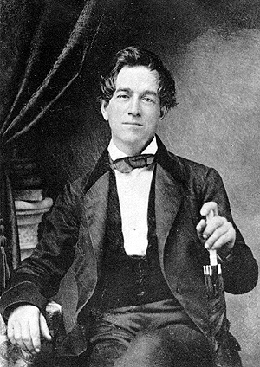
Samuel Morse’s original plan for Morse code was to assign numbers to words; the operator would have to look up each number in a codebook as it was received in order to find its meaning. Morse’s New Jersey collaborator Alfred Vail thought this was tedious and expanded the code to a system of dots and dashes, where each letter of the alphabet was represented by a series of symbols.
To keep this simple he needed to work out the relative frequency of English letters, so that the most commonly used letters could get the shortest sequences of symbols. And “a happy idea enabled him to save his time. He went to the office of the local newspaper in Morristown and found the result he wanted in the type-cases of the compositors. The code was then arranged so that the most commonly used letters were indicated by the shortest symbols — a single dot for an E, a single dash for T and so on.”
Despite such breakthroughs, Vail finally left the telegraph business because he felt it didn’t value his contributions — even as superintendent of the Washington and New Orleans Telegraph Company he received only $900 a year. He wrote to Morse in 1848, “I have made up my mind to leave the Telegraph to take care of itself, since it cannot take care of me. I shall, in a few months, leave Washington for New Jersey, … and bid adieu to the subject of the Telegraph for some more profitable business.”
(From Russell W. Burns, Communications: An International History of the Formative Years, 2004.)
